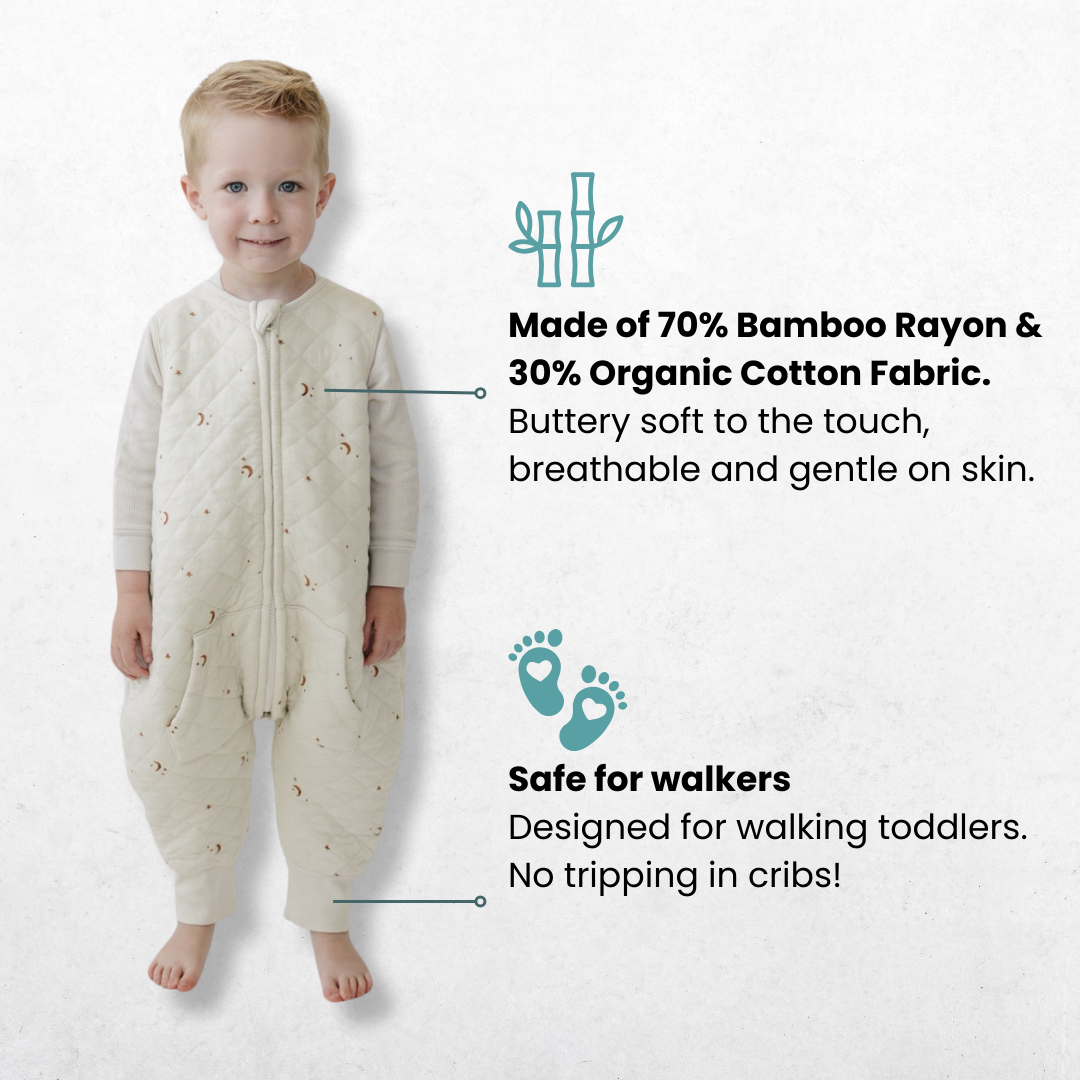Baby's Second Month Sleep Schedule and Feeding Guidance
You survived the first month with the baby! First month is always the hardest, as you are recovering from giving birth and adjusting to the new life with the baby.
As you enter your second month with the baby, there may be slight changes to baby's sleep patterns.
While first month's sleep may have been sporadic and not regular, the second month's sleep might be similar until you start to add more consistency to their nap schedule. Babies at this age will be more awake than during their first few weeks.
Baby's Second Month Sleep Schedule and Feeding Guidance
Few Tips on the Second Month With the Baby
- Babies should be fed every 2.5-3 hours
- Feed 8-10 times during 24 hour span
- Naps should be around 1.5-2.5 hours long each time
- Let the baby sleep and don't make them overtired as overtired babies have more difficulties settling down for sleep
- It's okay to wake the baby up for feeding to maintain the routine
- Baby can be allowed to sleep longer stretches at night around 6 weeks old, but many babies don't do this until later

You can review our first month sleep schedule and feeding guidance here, since maintaining EASY routine and 2.5-3 hour routine during the day will be the same as the first month.
The only difference might be that the babies can drink more and as a result has the ability to sleep longer stretches at night time.
At this stage, babies can drink up to 4 oz of milk as shown in the schedule below. However, babies vary in sizes and weights so their intake may vary.
Using the guidance that 2.5 ounces each day for every pound the baby weighs should be given to the baby, if the baby weighs 10 pounds, 25 ounces of milk should be given in a day. If you feed the baby over 8 feedings, then, the baby should drink about 3 oz each feeding.
Here's a sample schedule of what 2 month old's sleep schedule looks like. Each cycle will start off with Feeding, Activities, and Napping.
- 7am
- 10am
- 1pm
- 4pm
- 7pm - Bedtime
- 10pm - Dreamfeed
- 2:30 - One night feeding
Remember that above is a sample schedule and your baby is not a robot! They may wake up early from naps or may get hungry before the next 3 hour cycle. You may have to adjust your schedule but try to maintain the consistency. Striving to keep the first wake up time and bedtime will help you greatly in maintaining consistency to the routine.

RELEVANT READ:
The difference between the first month and the second month is that the baby might drop two night feedings to one, and may be awake for a longer period of time.
When putting the baby down for a nap, ensuring optimal wake time before the nap would help you and the baby to go down for a nap easily.
While the wake-time varies for babies, babies at this age usually cannot stay awake for more than an hour. Putting the baby down after an optimal awake time will do the trick in making the baby sleep long stretches of time and also make them fall asleep without much fussing or crying.
RELEVANT READ:
During the second month, you will start to notice that the baby is more active and alert, but their sleep pattern may still seem irregular. Remember that instead of stressing out about your baby not sticking to the schedule or not doing things the books say or your other friends' babies are doing, use flexibility and work towards establishing a good routine.
RELEVANT READ:
If you stay consistent on how you put your baby down, you baby will quickly learn that once the routine starts, it's bedtime, and go down for naps much more easily.
Hope this was helpful! Leave a comment below and share your experience with your baby during the second month!

























